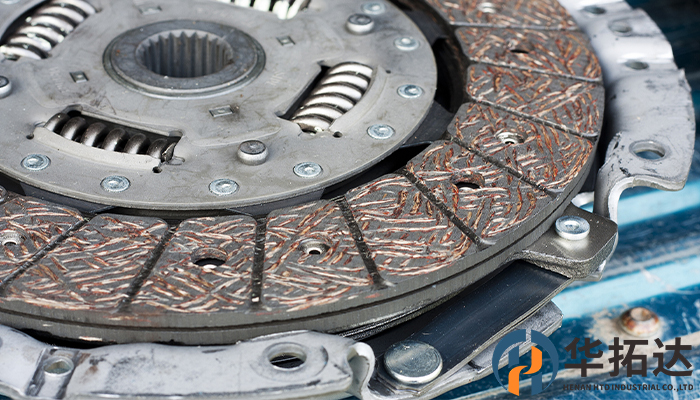What Are The Signs Of Uneven Clutch Discs?
2024-01-19

If the following symptoms occur, it is recommended to check and repair the clutch system as soon as possible to avoid further mechanical damage and safety hazards.
- Starting slip: The vehicle does not have more power to drive smoothly when starting, because the uneven pressure plate makes it difficult to fully press the clutch plate, thereby reducing the driving force of the vehicle.
- Driving weakness: Uneven pressure plates may reduce the effective contact area of the clutch plates, affecting the efficiency of transmission and causing the vehicle to feel weak during driving.
- Difficulty in shifting: Uneven pressure plates can affect the correct engagement of the clutch plates, leading to jamming or inability to complete the shifting action smoothly when shifting.
- Unclear separation: Uneven pressure plate may cause the clutch plate to not fully separate during separation, affecting the normal use of the vehicle.
- Starting trembling: Especially when lifting the clutch suddenly to start, uneven pressure plates may cause unstable shaking during starting due to clutch plate slippage.
- Excessive clutch half linkage: Frequent operation of clutch half linkage may increase the wear of the pressure plate, especially during starting.
- High engine speed and low vehicle speed: If the pressure plate is uneven, it may cause the engine speed to increase and the vehicle speed to increase slowly, which is usually accompanied by an increase in engine running sound.
- Unable to start: As the pressure plate and clutch plate wear further, there may eventually be a phenomenon of unable to start, that is, the vehicle cannot start driving from a stationary state.
- Abnormal noise: Uneven pressure plate may cause abnormal noise in the clutch system, such as metal impact or other sharp noises.
